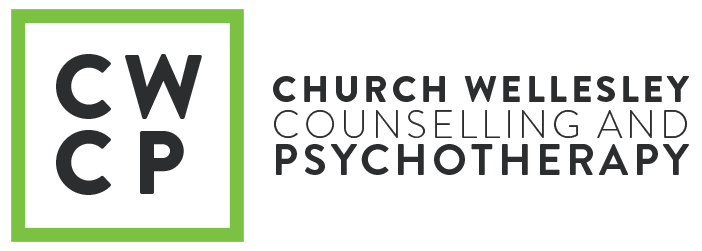Recently, I was engaging in a deep dive with a patient in my care about the discussion of boundaries. She had started a new romantic relationship and was expressing concerns about how to discuss “hard topics” in her burgeoning romance.
In referring to content from Elizabeth Earnshaw’s (2021) book I Want This to Work: An Inclusive Guide to Navigating the Most Difficult Relationship Issues We Face in the Modern Age, I explained to my patient that boundaries are not about restricting conversation; they are about empowering conversation.
As Earnshaw (2021) explains:
When someone sets boundaries with another person, it’s not their attempt to push them away, it’s their attempt to show them where the door is so they can enter in the right manner. Boundaries remind us that we are two distinct individuals with different thoughts, feelings, and needs. They help us respect the space between us so we don’t become so fused that we believe we are one or so angry and resentful that we cut ourselves off.
Without boundaries in our romantic relationships, one person will likely become self-sacrificing, while the other becomes blissfully unaware of how much they are taking. Neither will feel deeply connected because boundary violations create resentment and disengagement.
Additionally, I reminded my patient of content from Brene Brown’s (2018) book Dare to Lead: Brave Work. Tough Conversations. Whole Hearts. whereby Brown identifies that not being clear about your expectations (because it feels too hard) while still holding the other person accountable or blaming them for not delivering is unkind.
Brown’s main point: Being clear about your needs is kind; unclear is unkind.
But, my patient continued to struggle with the concept of communicating boundaries.
As I explained, communicating boundaries is about helping people in your life know how they can access you and how they can exit you, for both pleasurable and painful conversations. For example, let’s imagine that I struggle with worthlessness. A possible approach I might take for communicating an access point would be this: “When I am struggling with feelings of worthlessness, I would like to know I can come to you to talk with you about them. I want to know I can share this content with you and that in doing so, you are going to allow this content to remain mine – that you will allow me to figure this stuff out on my own yet offer to sit with me and share in holding it with me rather than try to caretake, fix, or repair it for me.” This is an example of communicating an access boundary to an important person in your life.
Communicating exit boundaries with another person is equally important because just as knowing how to get in requires a specific approach, giving the person a way out is critical for their own sense of Self and maintenance of self-agency.
An example of communicating an exit boundary surrounding the previous discussion of worthlessness might sound something like this: “Knowing how to exit a conversation is also useful – because your needs are also important! So if you are in a conversation with me about worthlessness and you are reaching your own limit, telling me that you need to exit the conversation soon so you can recharge and reflect on our conversation helps me know that you will take care of your own needs during difficult conversations – and that you are disengaging with me because you have reached your limit, not because I am too much!”
Discussing access and exit boundaries can be important for pleasurable conversations too! For example, when we are excited, other people may refrain from sharing their own exciting news so as not to “steal the thunder”. If you are the person who tends to refrain from sharing your own joy in the company of others’ joy, have the necessary access and exit boundary discussion! Let the other person know how you want to enter that dynamic and how you want to exit it.
For example: “When I am really excited about something and share it with you, know that if you also have something exciting to share with me, I entirely want you to share it! And, when you have reached your capacity for sharing in the excitement, you are completely welcome to let me know that you feel fulfilled and shift your attention elsewhere.”
Showing up to support another person is a vital aspect of humanity – being human is based in connection. Showing up through communicating ones’ needs in a capacity that empowers others to meet those needs is maintaining respectful self-boundaries and is a demonstration of clarity as kindness.
Want to know more about a specific topic related to psychotherapy? Send me an email (adam@cwcp.ca) and let me know so I can write a blog post about it. And if you would like an honorable mention for your recommendation, let me know that too and I will include your name!


